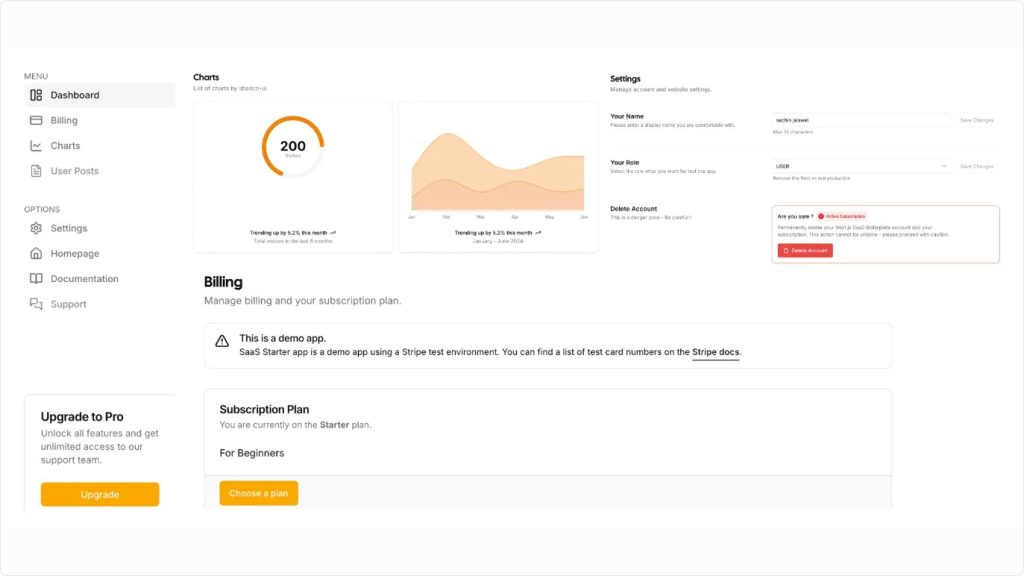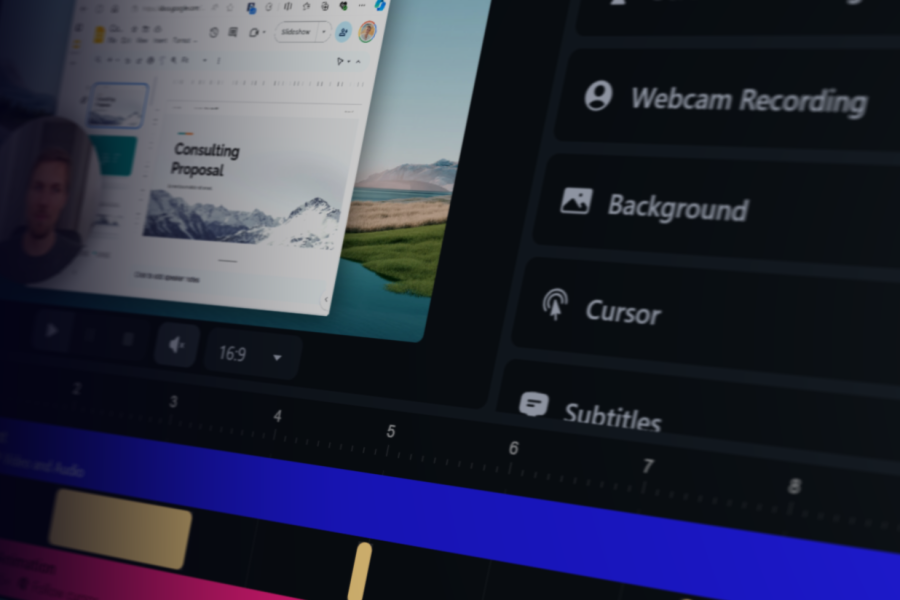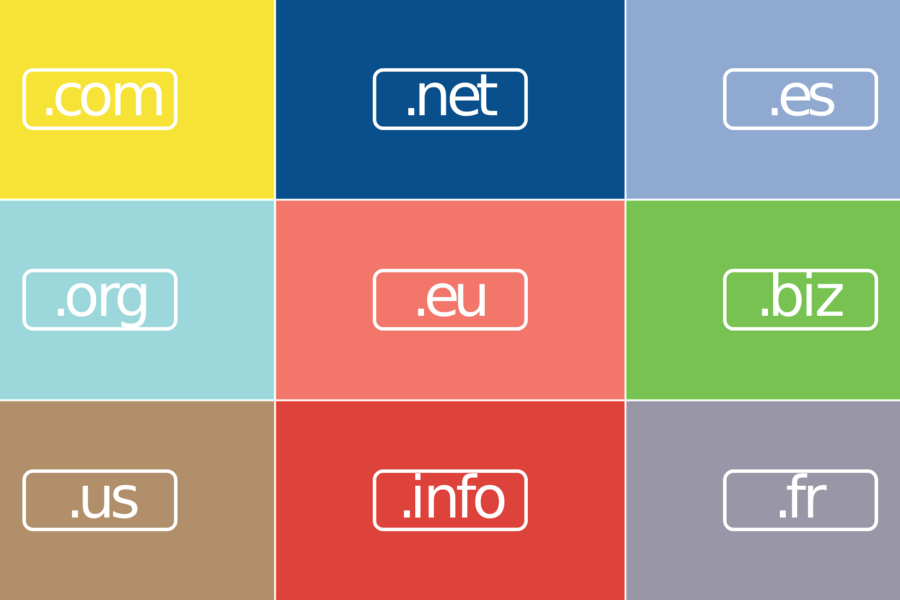Product: A Next.js saas starter kit to build mvp within days.
Website: https://buildmvp.aidevguru.com
Social pages: https://twitter.com/hisachinj
Investment: Not disclosed.
Business model: Premium - One time payment.
Tech stack: Next.js, Neon,Prisma, Resend, Next Auth.Can you walk us through a typical use case where a user would benefit from launching a SaaS MVP in just one day with BuildMVP?
Absolutely! I’ve been working as a full-stack developer for over 8 years, building a variety of products from scratch for both MNCs and startups. My expertise spans across technologies like Next.js, Node.js, AWS, GCP, and MySQL, and I’ve seen firsthand the challenges that come with launching a SaaS MVP quickly, especially for founders without a technical background.
Over time, I noticed a pattern—founders, indie hackers, and developers often bog themselves down with the same repetitive tasks: setting up user authentication, payment systems, and basic features. They were spending a significant amount of time on these tasks, instead of focusing on building the product’s core value proposition.
That’s what inspired me to develop BuildMVP. I wanted to create a tool that eliminates those time-consuming steps, allowing anyone—whether you’re a non-technical founder or an experienced developer—to launch their SaaS MVP quickly, with all the essential features ready to go.
With BuildMVP, my goal was to simplify the process of launching a SaaS product by providing a Next.js boilerplate that includes everything you need: user authentication, subscriptions, payment integrations, and a responsive UI. The idea is to let founders focus on what really matters—delivering value to their users—while BuildMVP handles the technical heavy lifting.
How did you validate the concept for BuildMVP before starting development, and what specific gap in the market were you aiming to address?
Before starting development on BuildMVP, I knew validation was key. I began by speaking to developers, indie hackers, and non-technical founders in various startup communities, as well as reflecting on my own experiences building MVPs. Many of them voiced similar challenges—too much time was being spent on repetitive tasks like setting up authentication, payment gateways, and database management. This left less time for focusing on the product’s core functionality.
The turning point came when I realized that even experienced developers felt frustrated by having to rebuild the same foundational features for each new SaaS project. It wasn’t just non-technical founders who struggled—developers wanted to move faster too.
To validate the concept, I:
- Interviewed founders who had previously launched SaaS products and asked what took up most of their development time.
- Tested assumptions by building a quick prototype of what would become BuildMVP and sharing it with a small group of potential users. Their feedback confirmed that the core features (authentication, payments, user management) were universal pain points.
- Created a waitlist for early access to BuildMVP, which quickly grew, further proving there was demand.
The specific gap I was aiming to address was the time inefficiency and technical overhead required to build a SaaS MVP from scratch. While there were tools to help non-technical founders, there wasn’t a robust, plug-and-play boilerplate that offered scalability and flexibility for both technical and non-technical founders to launch quickly. That’s where BuildMVP fits in—by offering a ready-made framework with essential SaaS features baked in, founders can get their product to market faster.
Can you walk us through a typical use case where a user would benefit from launching an MVP in just one day with BuildMVP?
You know, if you’re a non-technical founder, getting a SaaS MVP off the ground can feel like an impossible task, right? That’s exactly why we built BuildMVP—to take all that stress out of the equation. Imagine this: you’ve got an idea for a product, but you don’t have the technical chops to handle stuff like user authentication, payment processing, or database management.
Normally, you’d have to either learn to code or hire a dev team, and both take a ton of time and money. But with BuildMVP, all those core features like auth, Stripe payments, and Neon databases are already set up for you. You can literally focus on your product idea and branding instead of getting buried in infrastructure. That way, you could go from concept to a live product in just one day. It’s basically like cutting out 90% of the technical work and letting you focus on what matters—getting feedback and validating your idea. So, instead of wasting months building from scratch, you launch fast and iterate as you go.

How does BuildMVP ensure flexibility and scalability for users who may want to evolve their MVP into a complete SaaS product over time?
The thing about BuildMVP is that it’s not just a one-time quick fix for launching your MVP; the platform actually grows with you as your product evolves. Let’s say you start with an MVP to validate your idea—great, but then you start getting traction. You need to add more features, scale your user base, maybe even expand your payment options. With some boilerplates, you’d hit a wall, but BuildMVP is built on top of Next.js, which means it’s highly modular and customizable.
You’ve got all the flexibility you need to add new features, integrate third-party services, or even swap out components as your app scales. The foundation—whether it’s Auth.js for user authentication, Stripe for payments, or Neon for your database—gives you a robust, scalable structure. So when you’re ready to move from MVP to a fully-fledged SaaS product, you won’t have to start from scratch. It’s as simple as continuing to build on top of what’s already there. That’s the beauty of it—it’s lightweight when you need it to be, but it’s also powerful enough to handle growth.
For someone considering using BuildMVP, what would be the key reasons you’d recommend they choose your platform?
If someone’s considering using BuildMVP, there are a few standout reasons I’d recommend it:
First, the biggest reason is speed. You can go from idea to a live MVP in just one day. That’s a game-changer, especially for founders who want to quickly validate their product in the market without spending months (or a ton of money) on development.
Second, it’s built for non-technical founders and developers alike. Whether you’re a technical person or not, BuildMVP takes care of the heavy lifting. Things like user authentication, payments, and database setup are all done for you, so you don’t need to worry about the technical complexities. You can focus on building your product’s unique features and value.
Another reason is the scalability. BuildMVP is built on Next.js, which is flexible enough to scale as your product grows. You start with an MVP, but as you gain traction, you can easily add more features, handle more users, and expand your product without having to switch to a whole new platform.
Finally, it’s about cost-efficiency. Hiring a dev team or spending months coding can burn through your budget fast. With BuildMVP, you’re getting a boilerplate that handles all the essential features, which saves you time and money right from the start.
So, whether you’re trying to launch quickly, save on development costs, or ensure you have a solid, scalable foundation for your SaaS, BuildMVP is an ideal choice.
Did you enjoy this interview with BuildMVP founder? I regularly interview creators who have recently launched their products. Check out additional discussions like this on BetaHunt. For updates, follow me on X.




Leave a Comment